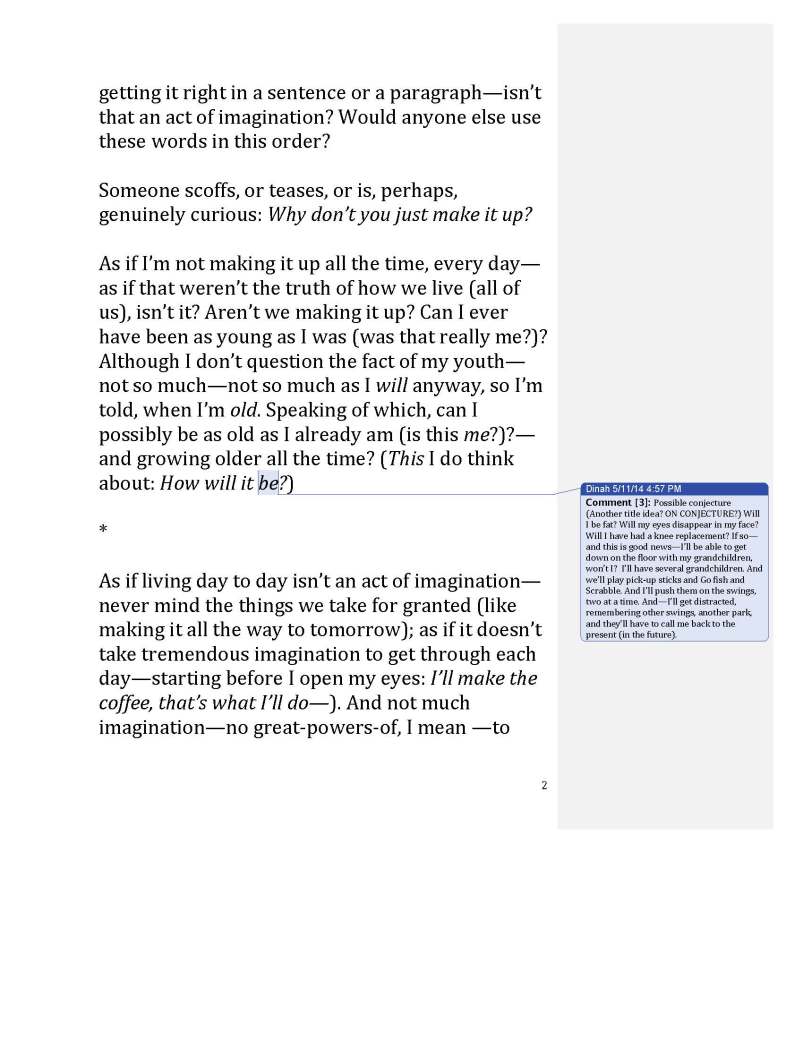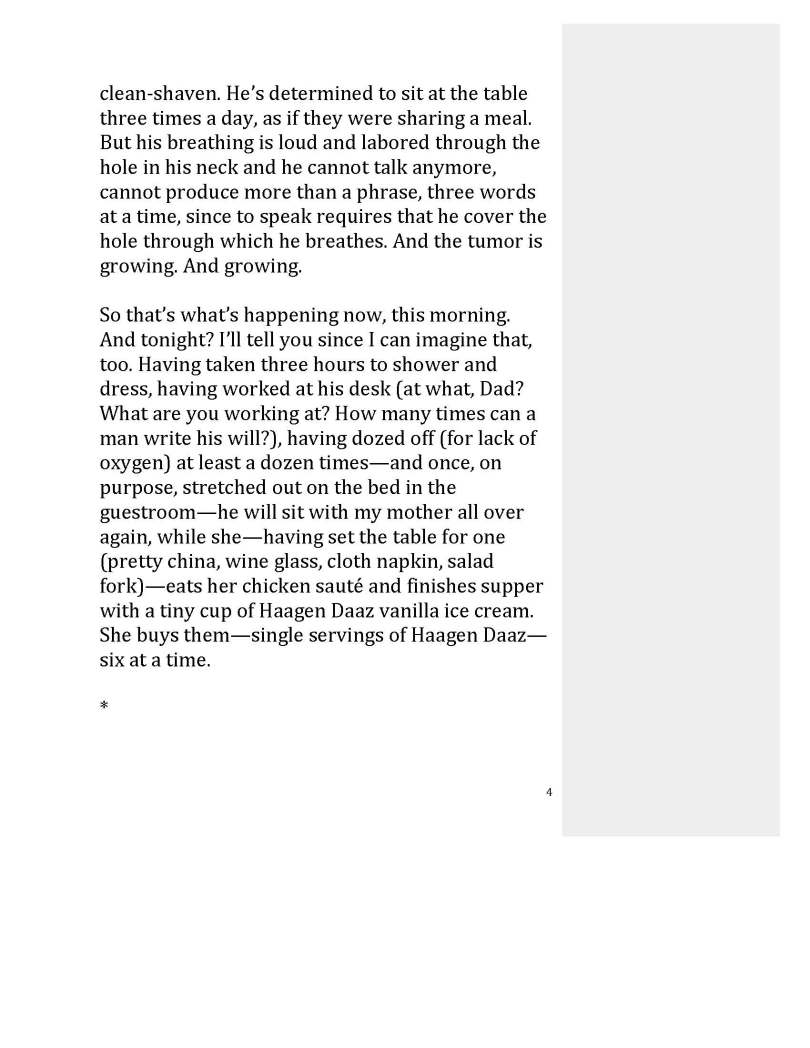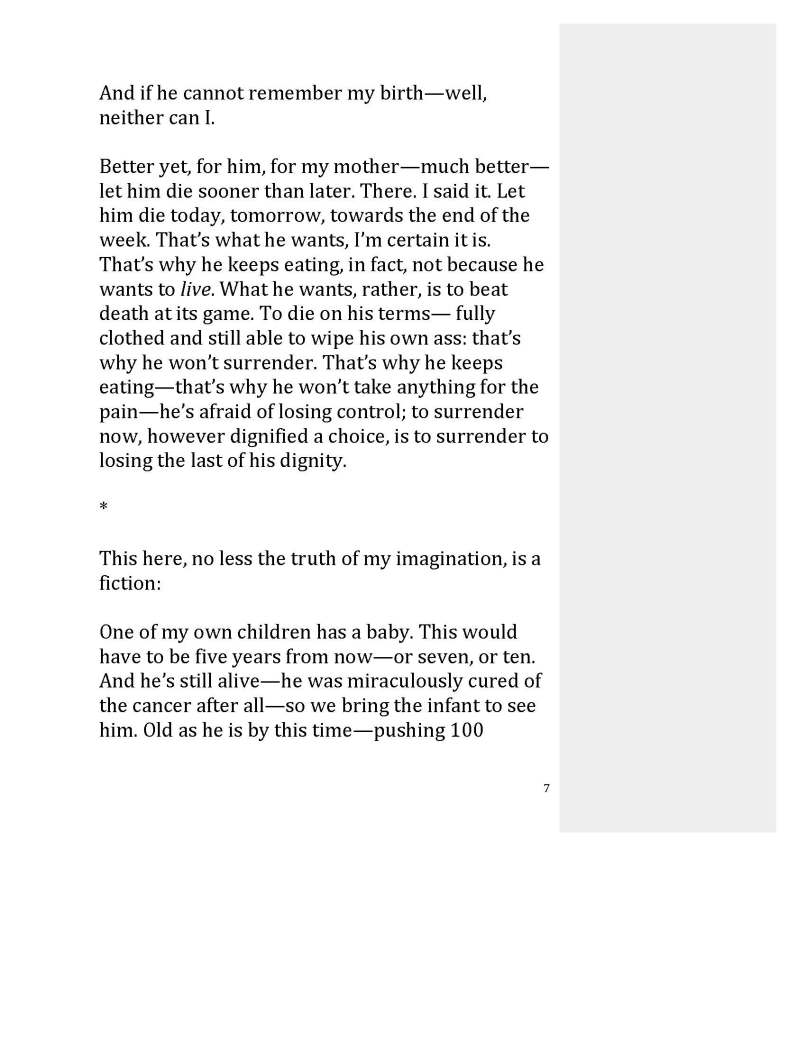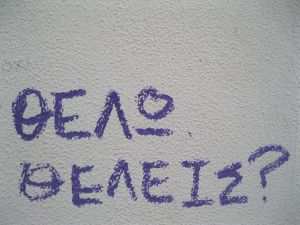I am leading my students on a chilly but sunny April afternoon through the woods of a local park. This is a class on wild edibles, and they have one assignment today: what is happening around you? There is a syllabus for this class: it is provisional. Each class meeting has an agenda: we rarely keep it. We are on the hunt for a particular edible plant on this day: my students have no idea what it is. Their only job, the true quarry of this hunt, is to notice what is happening around them. It’s one of our first class meetings, so the students don’t so much trust me and this exercise as much they humor me. Trust, hopefully, comes later, but at first humor is enough to get by on.
Foraging is a highly seasonal endeavor and what I am trying to accomplish by having my students look around them without knowing what they are looking for is twofold: to foreground everything in their experience, and to break them of their attachment to a calendrical sense of time. Today’s lesson is in phenology, the ordering of time along a sliding scale of interrelated natural phenomena rather than a grid of months, weeks, and days. Phenological time correlates the barest golden buds of cornelian cherry with the full riot of willow catkins in full bloom with chocolate-bronze pleated horse-chestnut leaves emerging from sticky bud scales. What time is it? Cornelian cherry buds. When do trout lilies flower? Willow catkins.
We are looking for ramps, but by the time we reach the pungent, oniony colonies of wild leeks spilling down the forest slopes to the flooded creek, my hope is that the students will understand that when looking for ramps they are really looking for a holistic natural moment, a precise step of an immense choreography. The whole of the woods is this ramp. And rather than a being having some inherent time, or even an inherent being, there is instead only relationality.
As a horticulturist, I was trained in taxonomy, to relate plants one to another within a grand schema of families and genera and species. But what does a ramp know of these things? It’s wide flopping green leaves bear a closer kinship to its neighbor trout lily’s speckled leaves than any garden onion, but don’t tell that to a botanist. As a writer, I was trained in creativity (ha!), to open up my writing to the unexpected and the fresh. But when I leaf through Poets and Writers or I click through a journal’s website and land on their Submittable page, I find myself faced with three gates in front of me: fiction, poetry, and non-fiction. Is what I have to offer true or false? lyric or narrative?
If I walk through the poetry portal ($3.00 toll please) must my work be beautiful or deep or sonorous, licentious or licensed? If I try to get into the nonfiction nightclub will I get stopped at the velvet rope because my narrative is too loose, my logic too abstruse? And I’ve never even considered trying out for the fiction team… It’s not that I feel like I’ve been rejected or misunderstood as a writer, it’s just that I always face an existential dilemma in front of those submission categories. I feel pressured to submit – submit to an alienating artificial scheme of reality. I consider myself primarily a nonfiction writer. I’ve written a number of essays and am working on a memoir – scratch that, lyric memoir. I confess I don’t actually know what this term, “lyric,” means, but I find I have to qualify this project because when I write, my lines loop into sonorous arabesques or illogical cul-de-sacs. My paragraphs atomize into the non-sequiturity of city blocks. White space invades. Apposite memories run riot. I am not being cute. It is just that I am trying to share with you (dear reader) how my mind works. I am reaching out with my reality, like a ramp leaf brushing against a trout lily’s in the sweet ephemeral moment of an early spring afternoon when light still cascades down to the forest floor through the bare tree limbs above. My nonfiction is just that: not false. But what if my non-falsity doesn’t meet your expectations (dear editor)? Implicit in the idea of any genre would seem to be a judgment of reality, and the inevitable descent of misfits away from this phantom. Is that what it means to be “lyric” essay/prose/memoir/whatever? To mis-fit? Does being lyric give me permission to be a lyre/liar and expand the horizons of the true?
Is this anxiety over what a piece of writing is and what “lyric” might mean merely symptomatic of some process of literary evolution? Clearly the very presence of an anthology like Bending Genre and this blog demonstrates a community and a concern for work that mis-fits. But given the existence of this community, how badly behaved can this work be? Are we merely striking a pose? The truly misfit is unintelligible. Are we simply in the midst of a process of speciation? Among taxonomists there are the “lumpers” and the “splitters.” The splitters see speciation everywhere, naming new beings into being for each new trait that is observed. The lumpers prefer to paint difference broadly, taking a conservative tack on innovation and a wait-and-see attitude. If genre-bending is literary speciation in action, is there a difference between adding another category to a Submittable portal, and the project of leaving “genre” as a genre of thought behind entirely?
I wonder what it might mean to stroll through the stacks of a bookstore, so many trees grown in pages if not in rings, or through the luminous pixels of a computer arranged in constellations, just like those first stories, and try to see things ecologically, so that a story or a poem or an essay or a _________________ might exist not as a species of a type but as a singular organism alive in the same moment and relating with the other organisms around it. When do imagined memoirs grow? Trauma cookbook. What time is it? Travel-theory-braided- lyric-meta-proem.
Another name for ramps is Allium tricoccum, which binds it by genus (plural, “genera”) to other Alliums – Allium cepa (onion), Allium schoenoprasum (chives), Allium sativum (garlic) to name a common few. But these relatives are nowhere in sight in the early spring woods. Closer are those trout lilies whose leaves, though freckled with red, are daintier look-alikes for ramps’ though they are comfortably distant on any taxonomists’ tree off in the land of Erythronium. I worked for a number of years as a horticulturist at The Cloisters (itself a genre-bender, being a composite of five or so different monasteries and convents brought over stone by stone from France and Spain), where I learned to appreciate that naming things has everything to do with how a thing exists in your life. Artemisia vulgaris is also “mugwort” precisely because this bitter herb was used in the middle ages as a flavoring agent of ale. Artemisia absinthium , its close cousin and one of the ingredients in its namesake intoxicating beverage is also “wormwood” because apart from inspiring visitations from green fairies, the plant was also used for getting rid of worms. Botanically they are considered close relatives, but functionally they are completely different
I mention this because the names we give things depends on the scheme by which we are trying to understand them. D. R. Edward Wright has written about Renaissance Italian gardens and a bias in garden historical work towards aesthetic analysis. He finds this bias rooted in historians’ reliance on top-view plans of these gardens as artifacts by which to understand them. Primary concerns, then, have been aesthetic ones of structure, color, form. Instead he suggests that gardens might be better understood functionally. Not “what did they look like,” but “what did they do” and “what did people do in them.” The garden as tool rather than the garden as spectacle.
Might this not also be a profitable reimagining of the scheme by which we understand our words. It’s probably a fool’s errand to try and escape genre altogether, but rather than merely tack on another species to the list, could it be possible to use function as well as form (and a million other vectors too) to prism out just what it is we’re up to? What might that look like and how would it affect our creative production if the Submittable portals for journals had buttons for “botanical exercises on ethics and joy” or “multi-directional laments” or “painstakingly delusional jeremiads on forgetfulness?” My examples, and my first impulse in thinking about functional genres, are emotional – genre as parameters of “what my words do to you” in terms of emotional reader response – but these functions might extend in any of a number of other directions. If these became the criteria by which work was aggregated, what kind of felicitous collisions might occur when poems and fiction and non-fiction and everything else in-between find themselves not understood as different but rather the same under the banner of some other principle. Organizing along these lines is perhaps another way of saying: What time is trout lily? Ramps. What are cornelian cherry buds? Horse chestnut leaves unfolding.
Marco Wilkinson’s work life bends genres. He teaches writing at Oberlin College, where he is also managing editor at Oberlin College Press. He also teaches in the Sustainable Agriculture program at Lorain County Community College, where he also gardens. His work has appeared in Kenyon Review Online, Terrain, Seneca Review, and Taproot.













